Broccoli is a healthy vegetable that tastes delicious and is simple to handle. It’s ideal for plants in the backyard! You might be wondering when it gets ripe and when to pick the heads. Do not worry; we will show you when and how to gather your vegetables. In this lesson, grower Talha Mushtaq shows you how to cut your broccoli heads.
For starters, broccoli is one of the best plants to grow. During the growing season, it ripens quickly and is a simple way to get started with the Brassicaceae family of cabbages. Cauliflower and cabbage, which are also in the same family, need constant work and care, but broccoli is more forgiving.
Even though it’s an effortless grower, there are a few different ways to get it. Broccoli grows quickly when it gets warm, just like lettuce. If you wait too long to gather, the crinkly heads will get tall and thin, and their yellow flowers will open.
Broccoli flowers are pretty, but you don’t want to see them! You can eat them, but the sautéed sprouts are much better.
When you pick broccoli, the tools you use are also very important. If you’re growing a large-heading type, you’ll need pruners that are very sharp and can cut through thick stems. As long as you pick it right, you can eat the small side shoots all season.
So, how and when should you pick broccoli to get the best taste?
Let’s find out.
The Best Time to Pick Broccoli
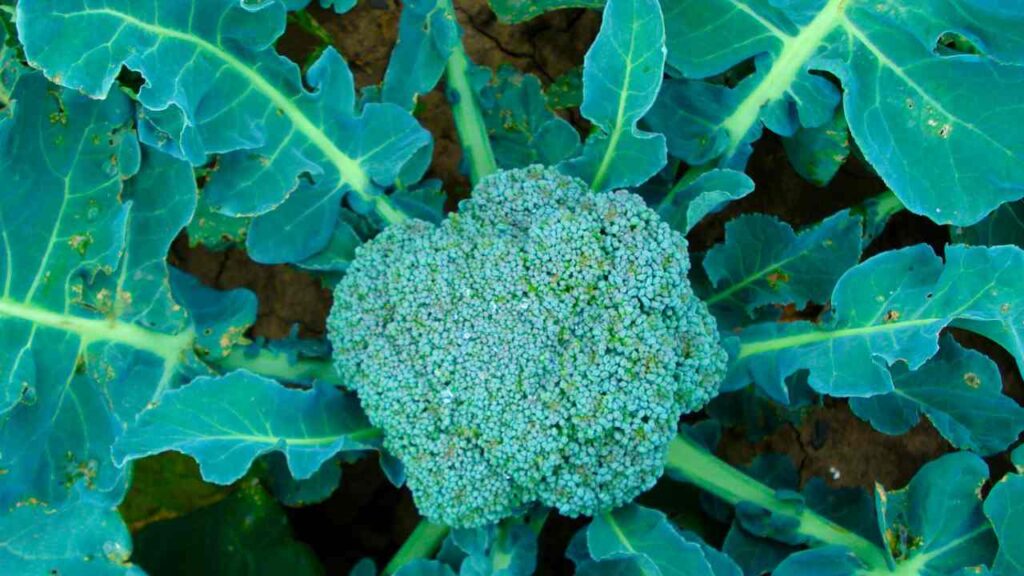
Broccoli grows best when it’s cool and mild outside, without freezing frosts. It can handle light freezes, but it has a difficult time with constant freezing weather. It also doesn’t like it when it’s too hot, which makes it perfect for growing in mild-weather farming zones in the fall or winter.
For a crop from winter to early spring, you should move seedlings in the summer, fall, or winter.Your broccoli won’t make it through the winter if you live in a place where it stays below freezing for weeks on end. It grows better when it’s cold in early spring, when you can still get small freezes. After 50 to 100 days, when the shoots turn into full heads, you can pick these plants.
If you want to gather broccoli at a certain time, you need to plant the transplants early in the season. It’s best to start seeds a month or two before the last frost date in cold places. Then, move plants outside two to four weeks before the last frost. In warm places, you can start them at any time, inside or outside during the cooler months.
Don’t Let Them Bolt
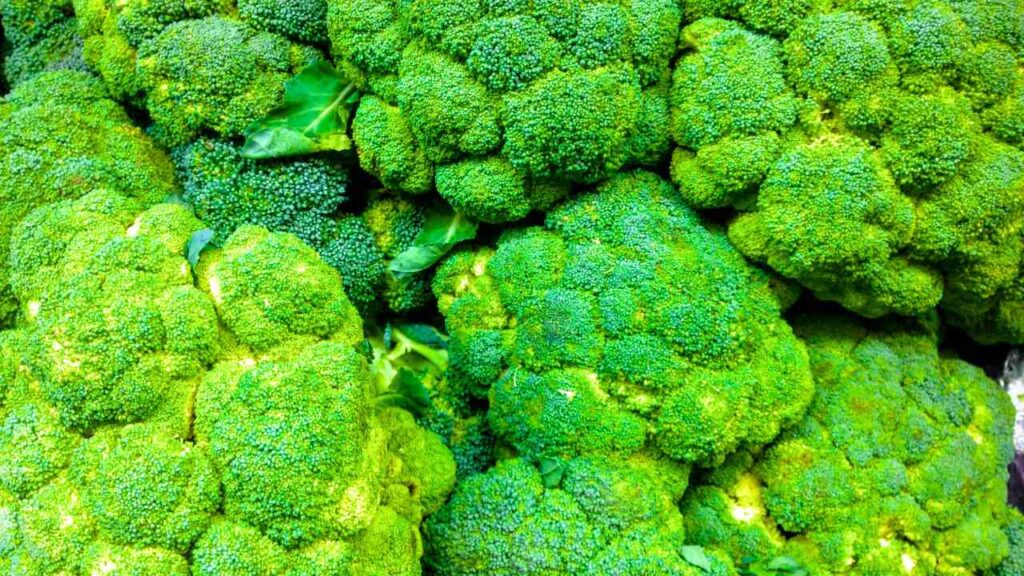
When 50 days have passed since the replanting, walk through your garden every other day or every day and check on your broccoli. Your crops are in danger because of the warm spring weather, too much heat, and dry dirt. They’ll change from tightly packed florets to blooming stems that are thin and tall. If you walk close to your plants, you can see problems before they get worse.
Around 50 to 100 days after you move them, your broccoli will be ready to pick. Look for big heads that are packed full of flowers. They ought to look like the big cabbage you can buy at the store. Cut off the heads, leaving at least five or six inches of stem. If you can’t eat the head right away, the stem keeps it fresh in the fridge for a long time.
Some types grow a lot of small flowers, but most classic types only have one big head in the middle. Pick the small flower heads when they are green and close together if you are growing that type. You should get them before they bolt and turn into yellow flowers.
Harvest Side Shoots All The Time
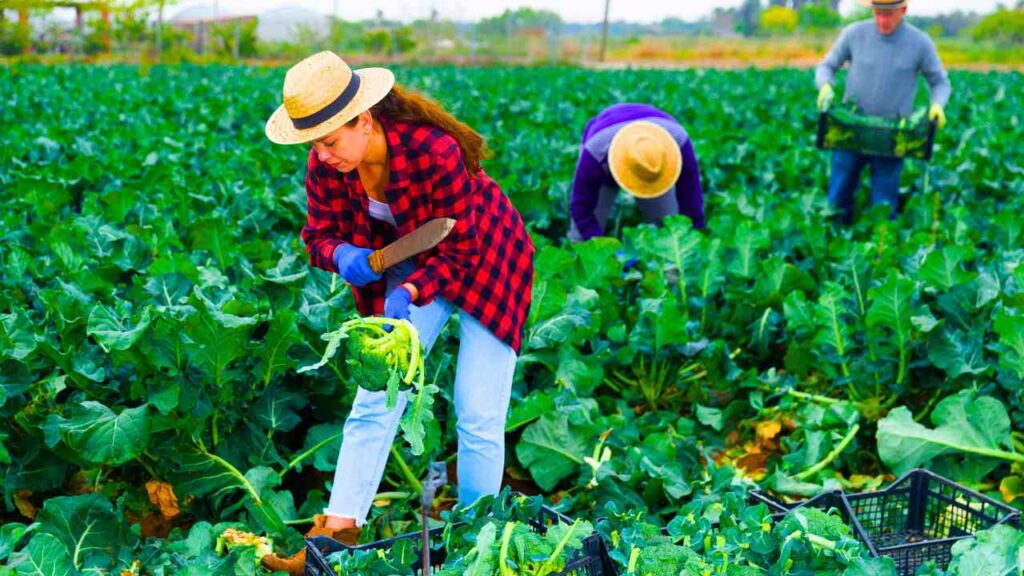
After the main head is picked, broccoli plants send out smaller shoots all along their stem. These are just as tasty as the ones in the middle, and there are more of them.
If you harvest veggies, don’t pull them out of the ground. Instead, let them grow more vegetables!When you have side shoots, you need to keep picking them. When you pick them, you make the plant think it has lost its flower buds. It will start to make more to try to make seeds.
If you keep picking the flowers, the broccoli will keep growing more of them. Hard frost in the winter or very hot weather in the summer are the only things that can stop it.
If your plant stops sending out side shoots, it’s probably dead. You can either pull the plant up and throw it in the compost or just leave it alone and see what happens. If the weather is good, it might start to grow more shoots again. When the plants are done, I like to pull them up to make room for summer crops like squash and tomatoes.
Do Not Open Your Buds

If any of the broccoli flowers open and spread pollen, the plant stops making broccoli. This veggie grows every year and makes long, thin seed pods that look like bok choy or radishes after being pollinated.
The plant will make less food if it makes seed pods. It will believe it doesn’t need more heads since the seeds it already has are growing.Harvesting your crops all season long will keep them healthy and stop them from dying too soon. Cut flowers off as you see them.
You can eat the flowers like sprouting broccoli. They taste excellent in salads, stir-fries, and sautéed meals. They taste light and similar, which works well in fresh recipes.
When the buds open, they’ll start making long, tender pods with seeds inside them. This will draw pollinators. These young seed pods can also be eaten! In recipes that call for heating them in a pan with oil, they work well because they taste better than the heads. You can’t eat them after they dry out, so catch them when they’re still young.
Extra Step: Save The Seeds!
You could also grow seed pods to save seeds for next year. You can let a few heads flower and make seeds after you’ve picked dozens of them. Aphids may be drawn to the tall roots when it’s hot outside, but they don’t usually hurt the seeds. Use a strong stream of water to get rid of them if you see a lot of them.
Good news is that seeds don’t take long to grow. Monitor them until the pods turn yellow and begin to bulge. Then, cut off the whole stem the pods are still connected to. They will dry completely if you put them in a brown paper bag inside. The black, round seeds fall to the bottom of the bag when the pods open.
So that they are ready to plant next year, you should store the seeds. Put them in a container that won’t let air in, and then keep them somewhere cool and dark. You can keep seeds for a long time in pantries, closets, or cupboards. In the spring, use them to start new plants or make broccoli microgreens.
Well-known Types
When you grow broccoli, you want to use a type that is reliable, tasty, and reliable. Choose a type that does well in your area’s temperature, environment, and changes in the seasons. Some types do better in mild settings, while others do better in frosty, cold places. The four types listed above are excellent places to start.
“Di Cicco”
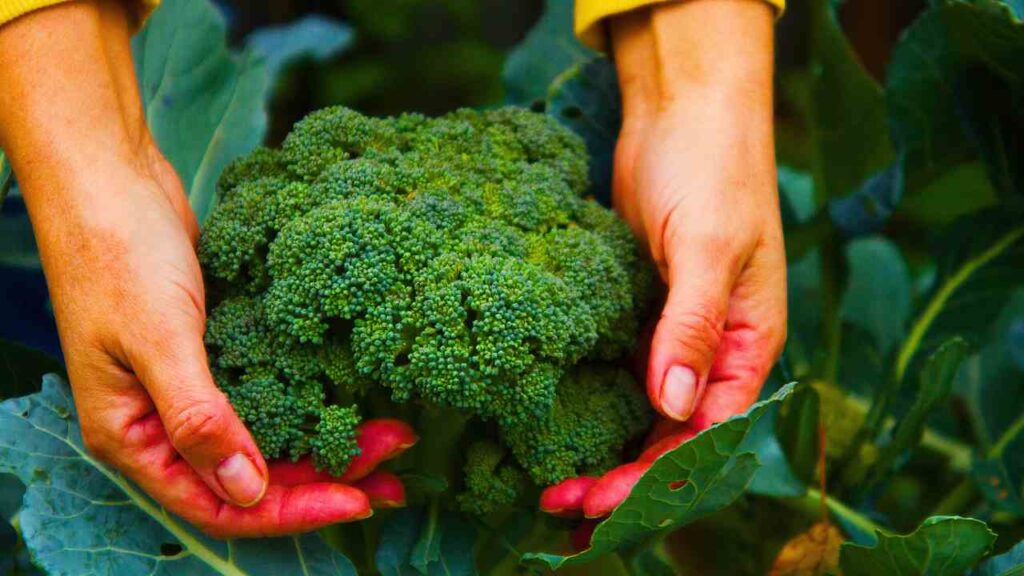
It is a famous heirloom plant that Italian gardeners love. It grows heads that are three inches wide and lots of side shoots after the first harvest. You can also eat its leaves, though they’re not very good when they’re still fresh. For an effortless and healthy dish, cook them down like Swiss chard and add salt.
This type makes green heads that look like grocery store ones, but they taste much better than mixes grown today. “Di Cicco” is an old type that dates back to 1890, but people still love it because it tastes so good.
“Burgundy”

This type gives your yard beautiful purple flowers.
Burgundy broccoli has purple heads that stand out in the vegetable yard, which is different from most other broccolis. Because it looks so nice, you can grow it with your bushes and perennials if you want to!
This mixed type of broccoli is different from heading broccoli because it sprouts. Instead of a big head, it will grow a lot of side shoots that are pretty big. For regular harvests, sprouting types work best, and “Burgundy” does especially well because it can handle warm temps.
Belstar
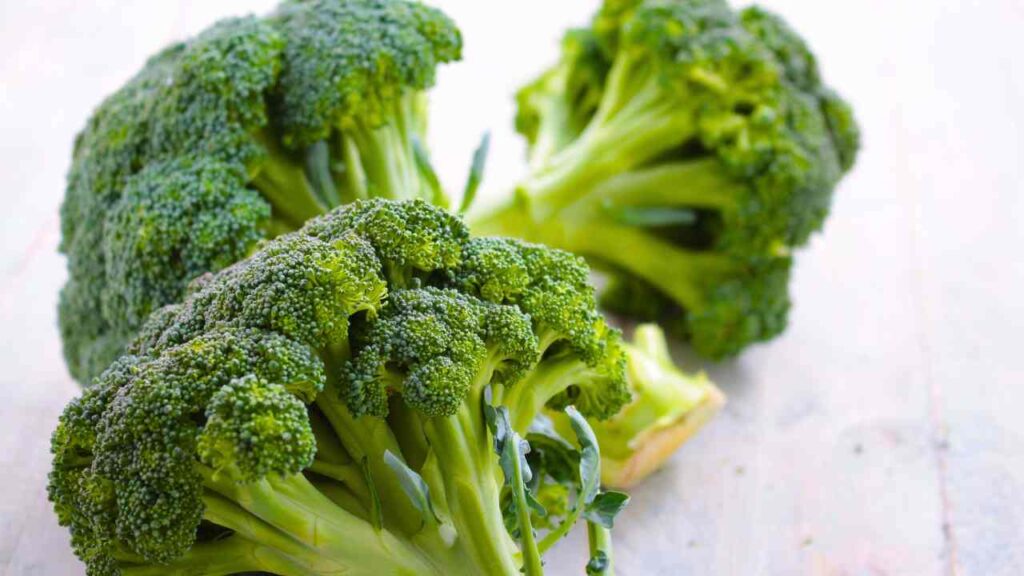
This type does well in hot weather and gives big crops.
“Belstar” broccoli does better than most others. This type can handle heat and does well from late summer to spring. This hybrid type gets a head that is six to eight inches across, bigger than the previous two types. This is the type of broccoli dish you want if you like big ones.
“Belstar” gets a big head and side shoots at the same time. Bigger side heads grow from the stem below the cut once the main head is cut off. You can pick them before the flowers open, and the plant will keep giving you more side shoots until it freezes hard.
“Blue Wind”
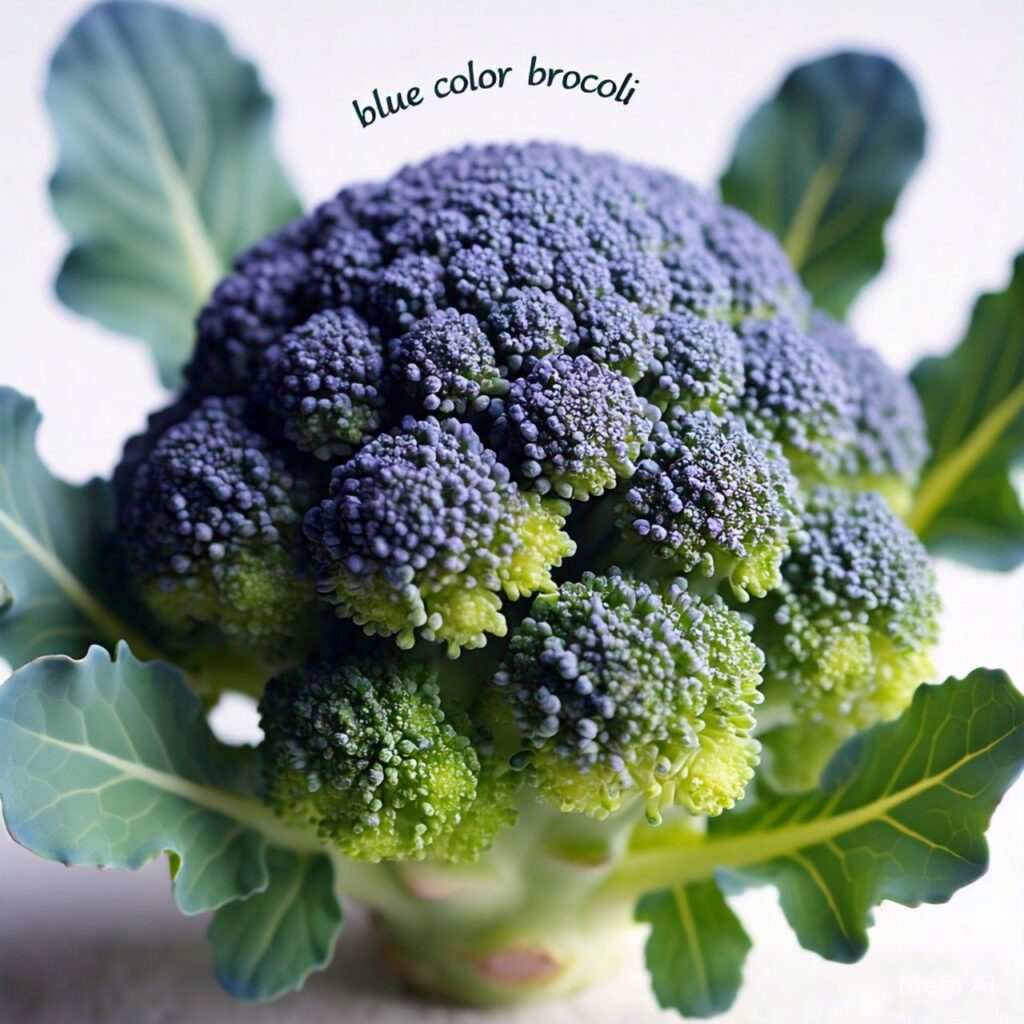
This type grows quickly and has bright blue-green heads.
“Blue Wind” is a variety that grows quickly, making it ideal for growers whose spring seasons are short. It usually takes 60 days to fully grow, and two months after you move it, you can eat the tasty heads. Its name comes from the blue-green color of its heads. Pair “Burgundy” and “Blue Wind” in your garden to get a bright, showy crop.
This type does best in early spring in cold climates and fall or winter in warm climates because it grows quickly. Better yet, put plants outside a week or two before the last frost date.

